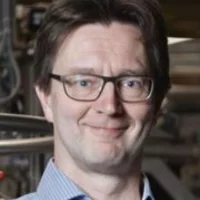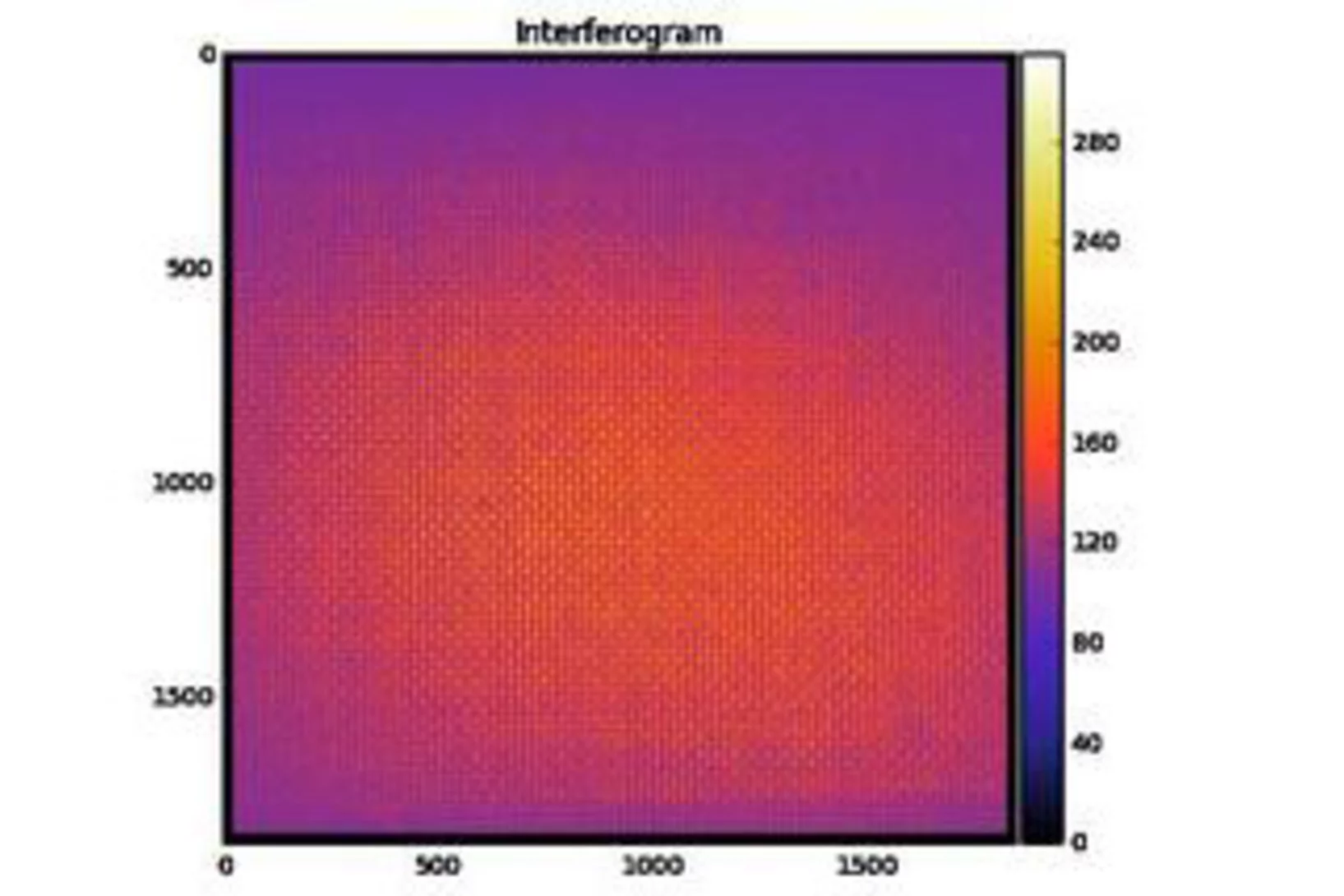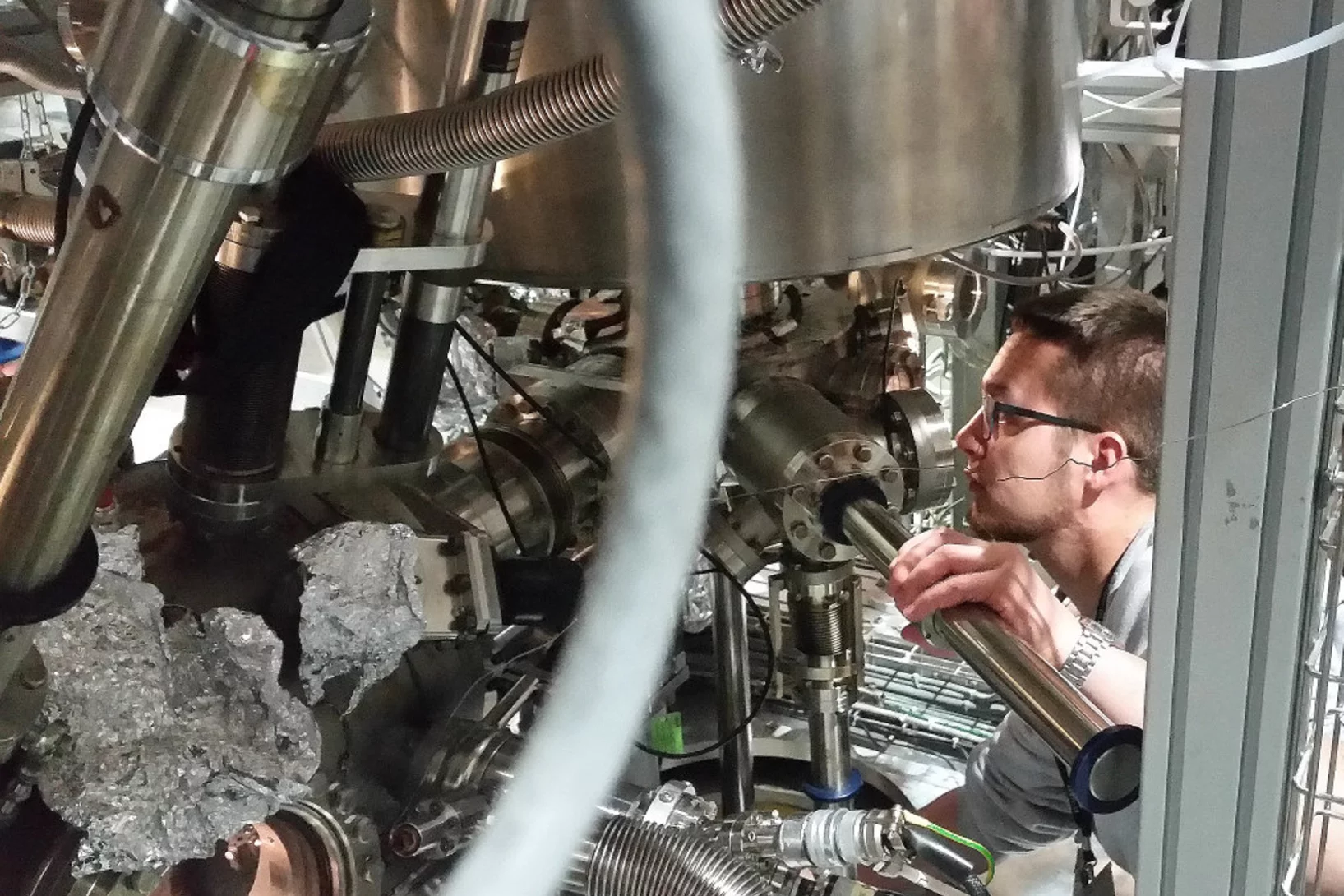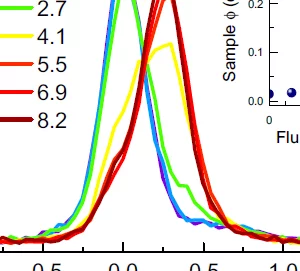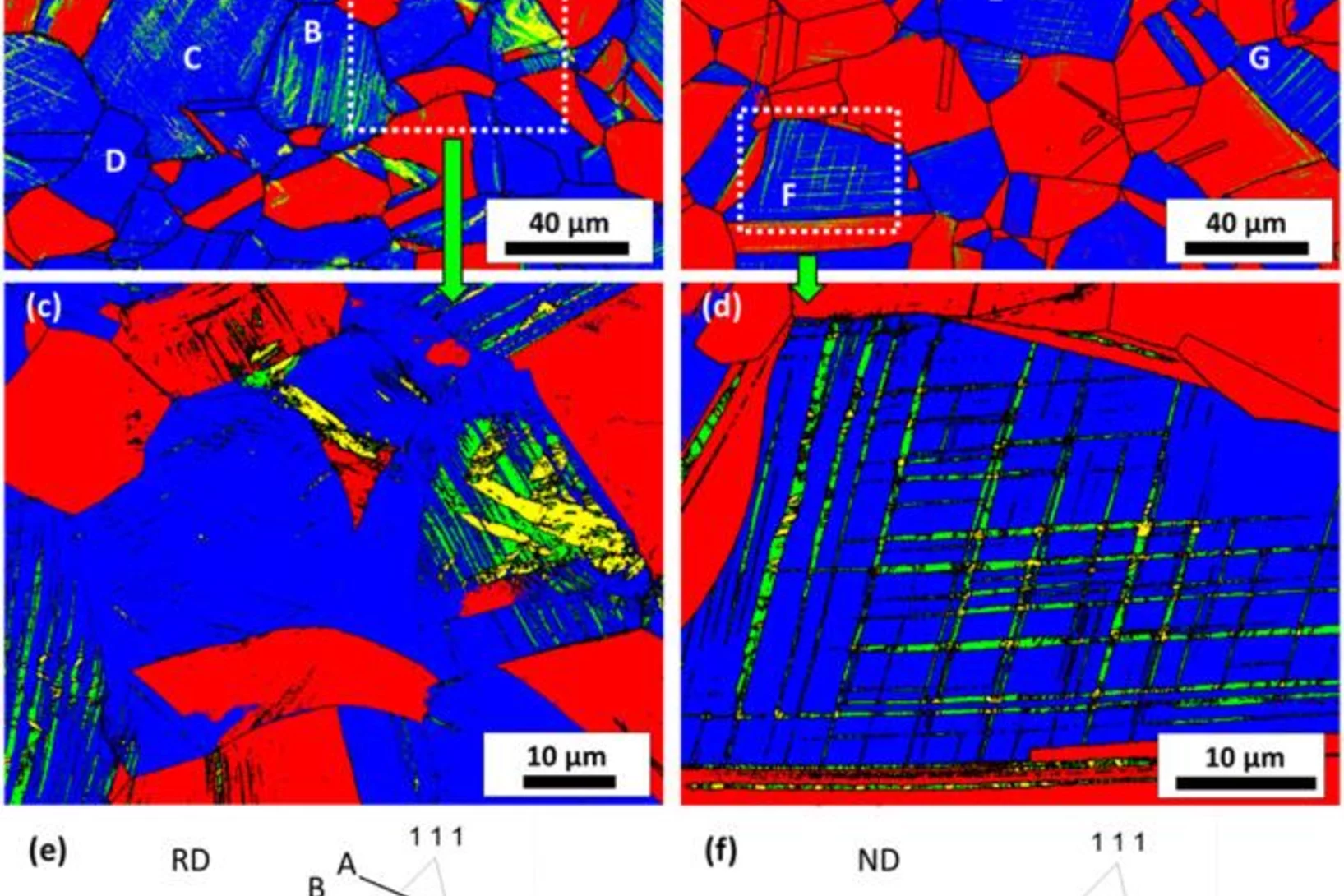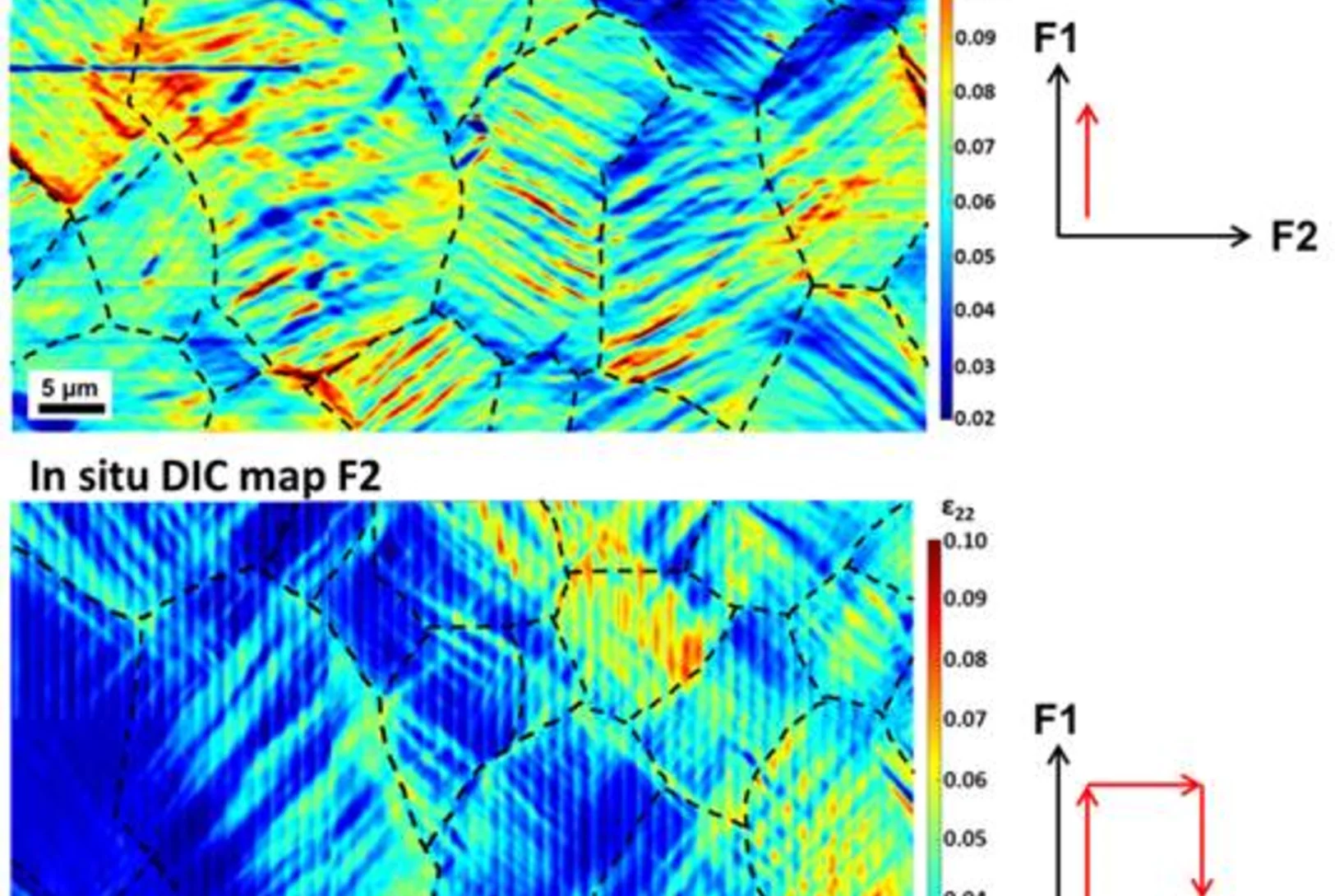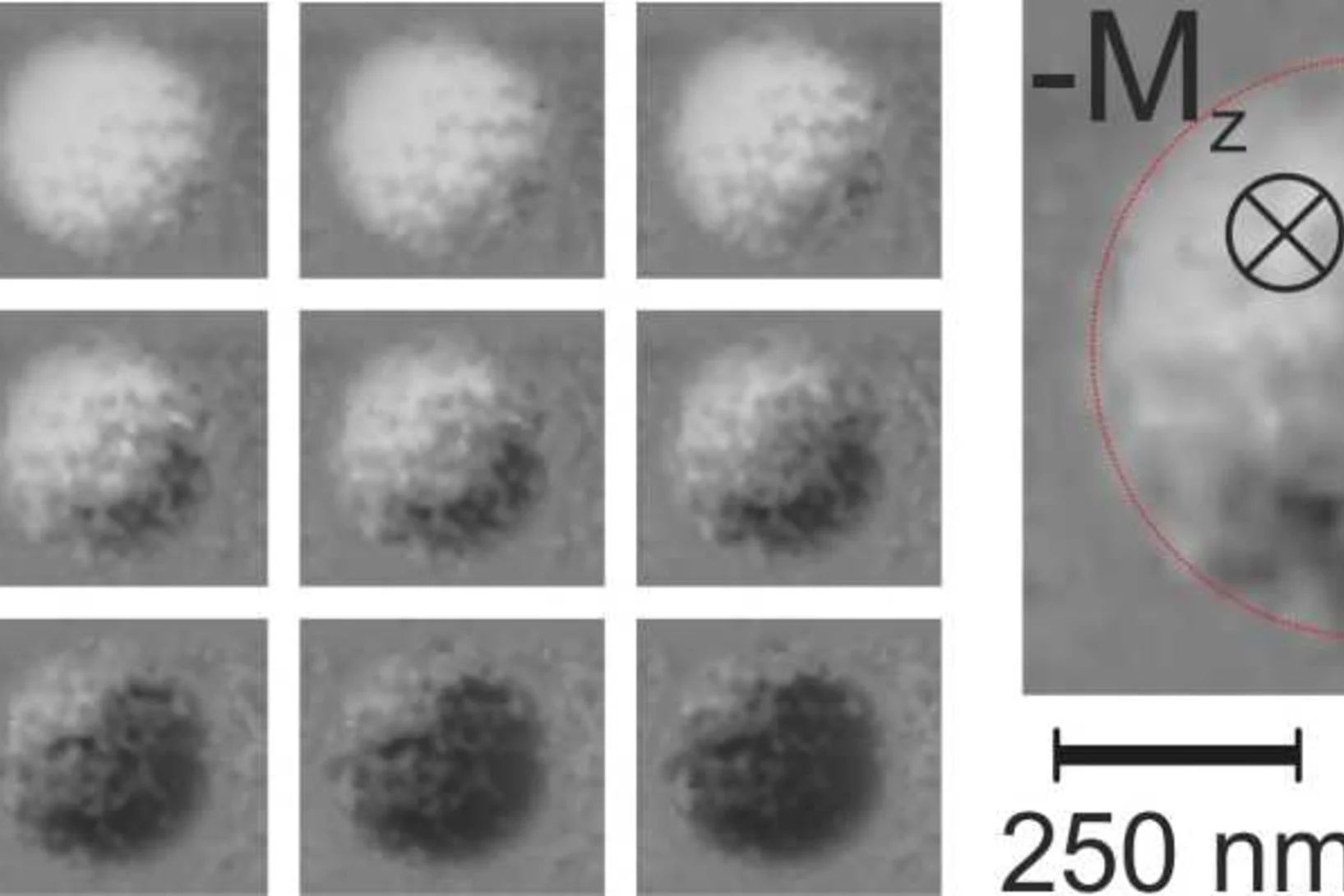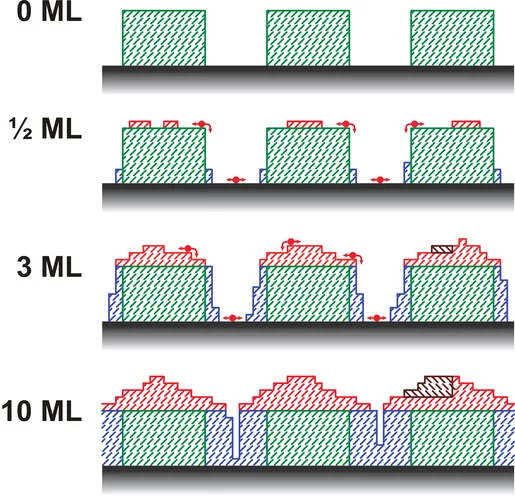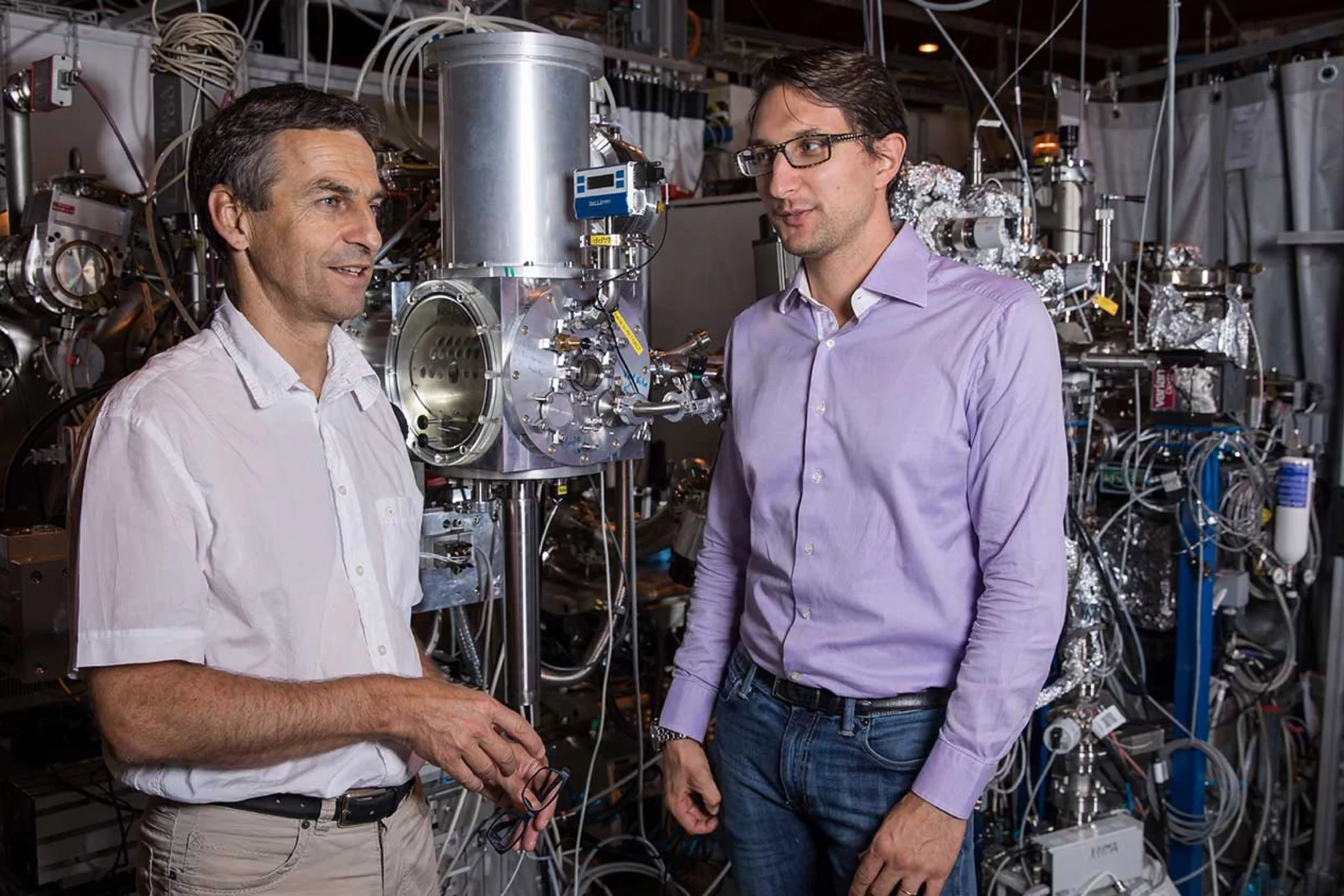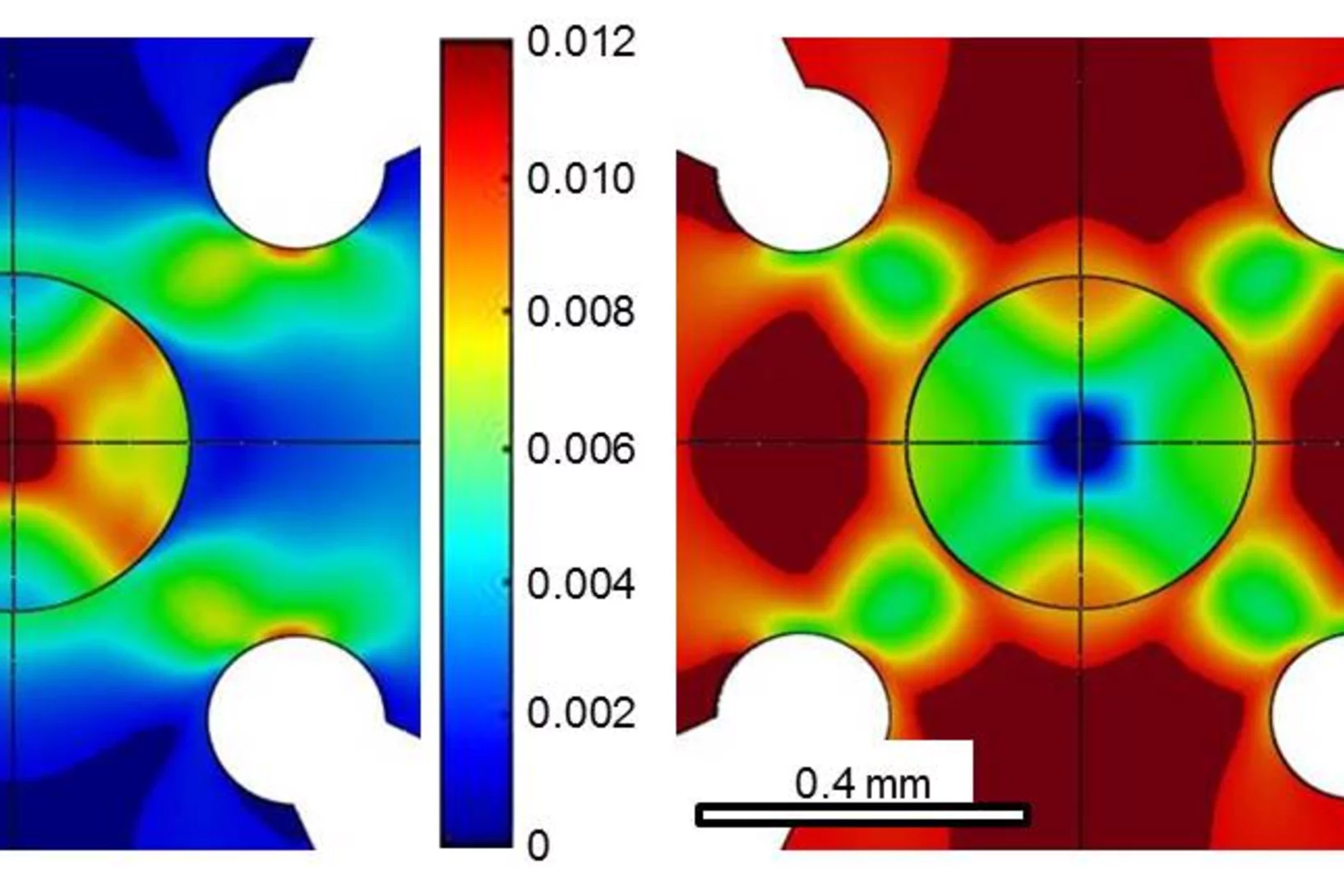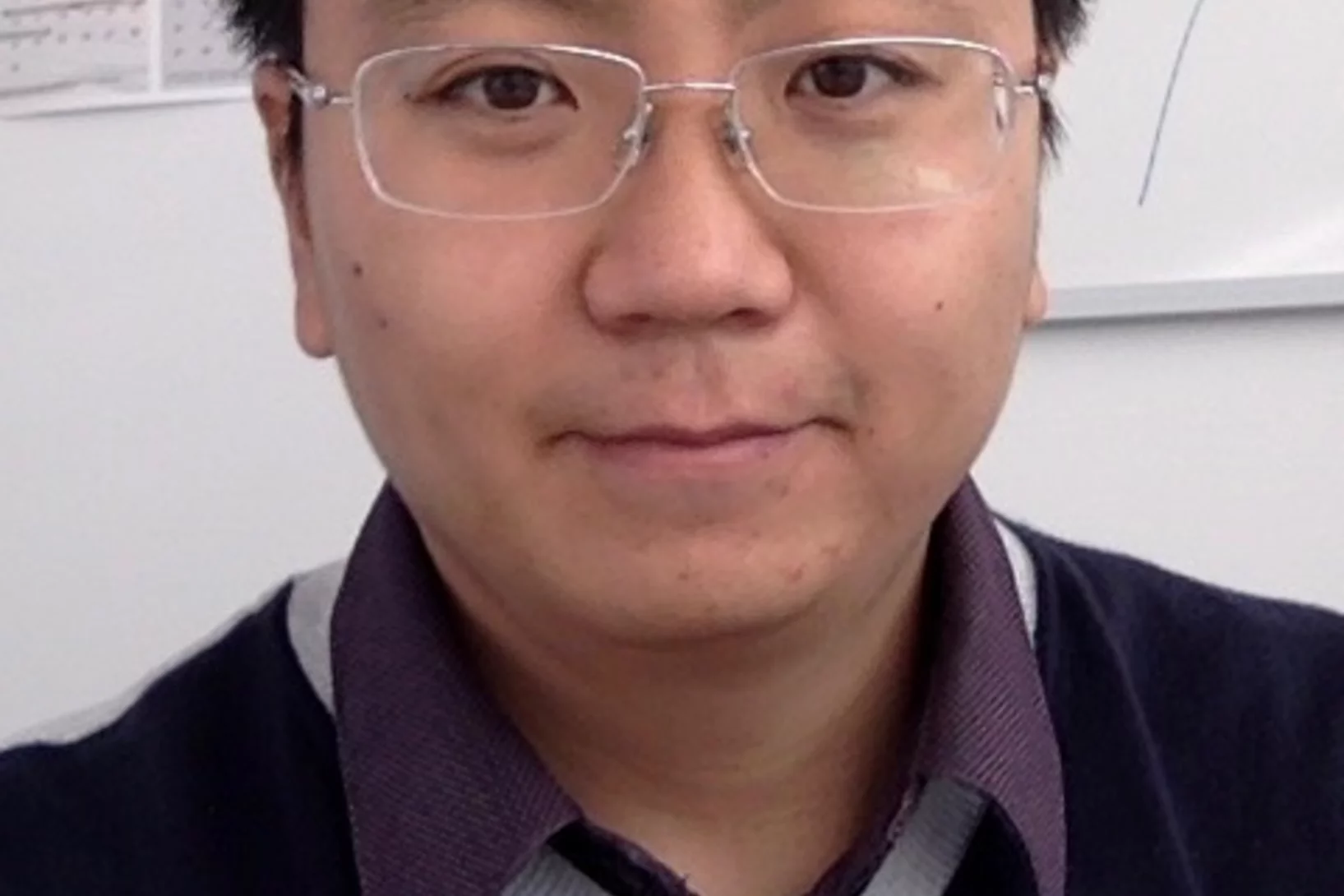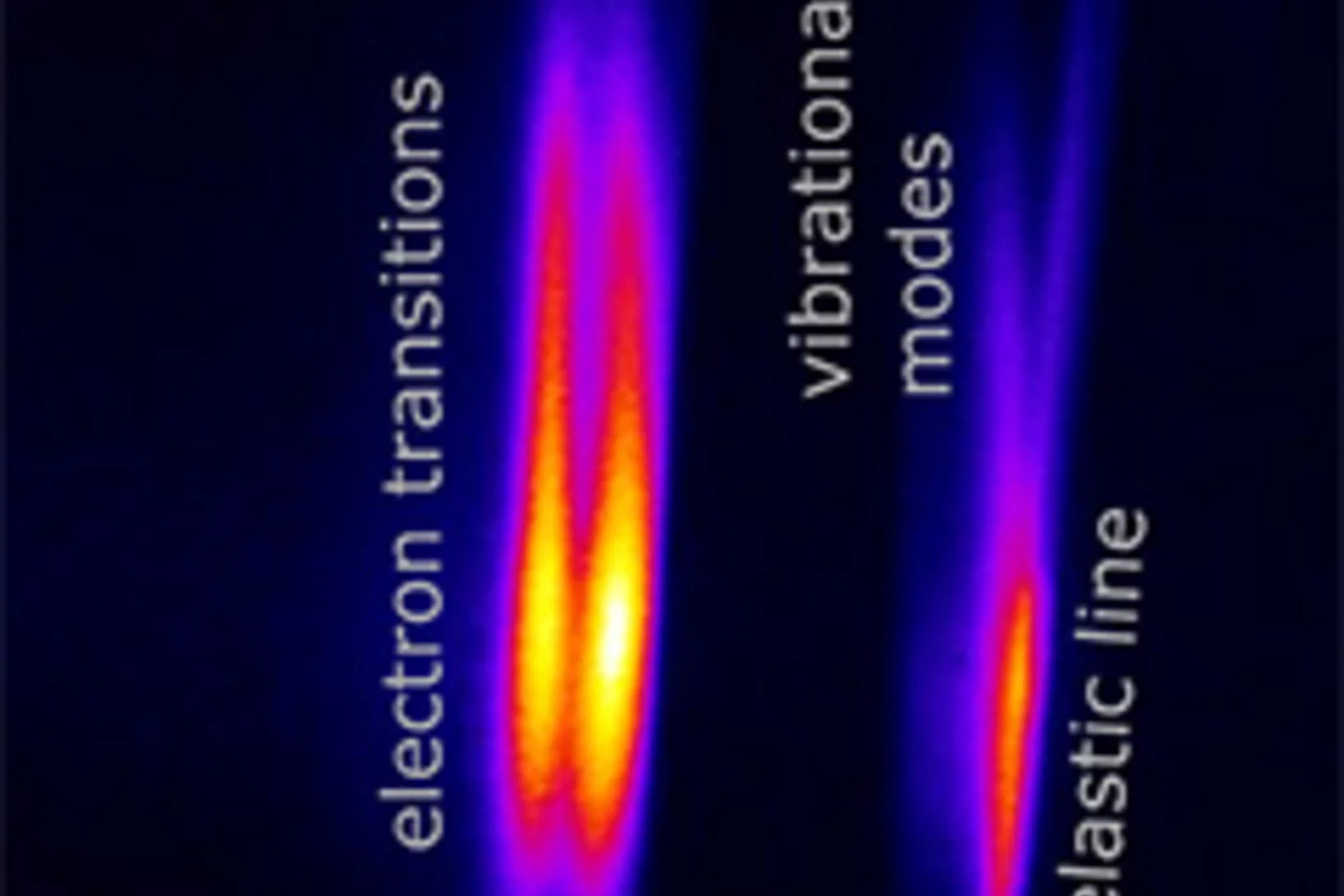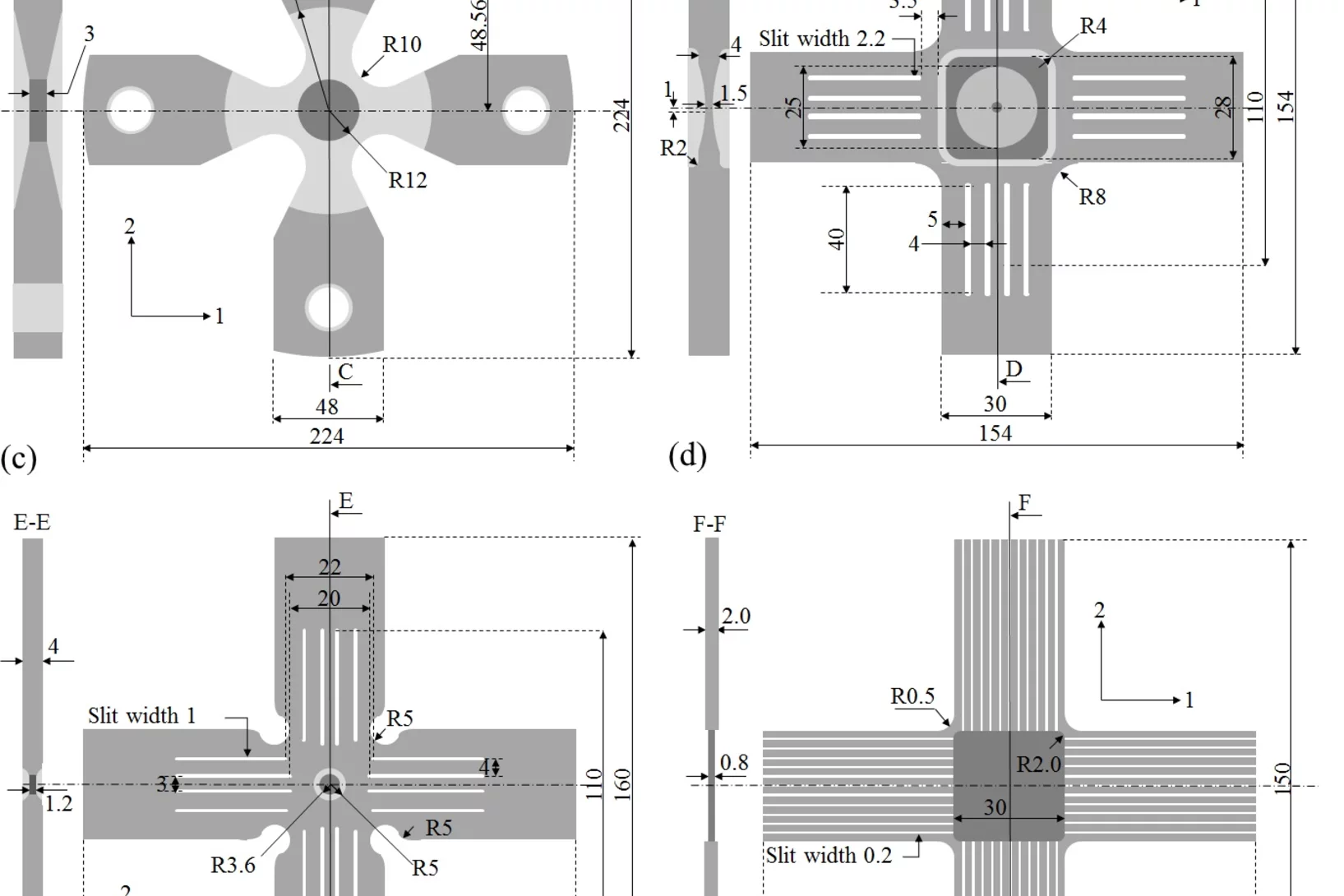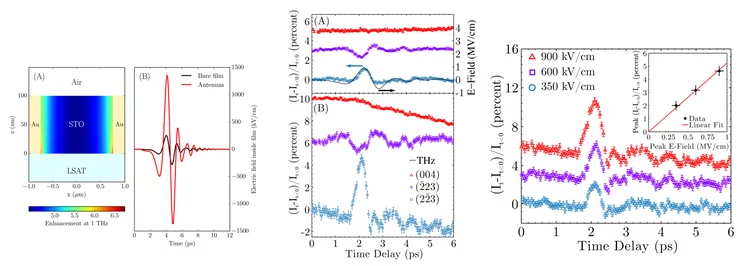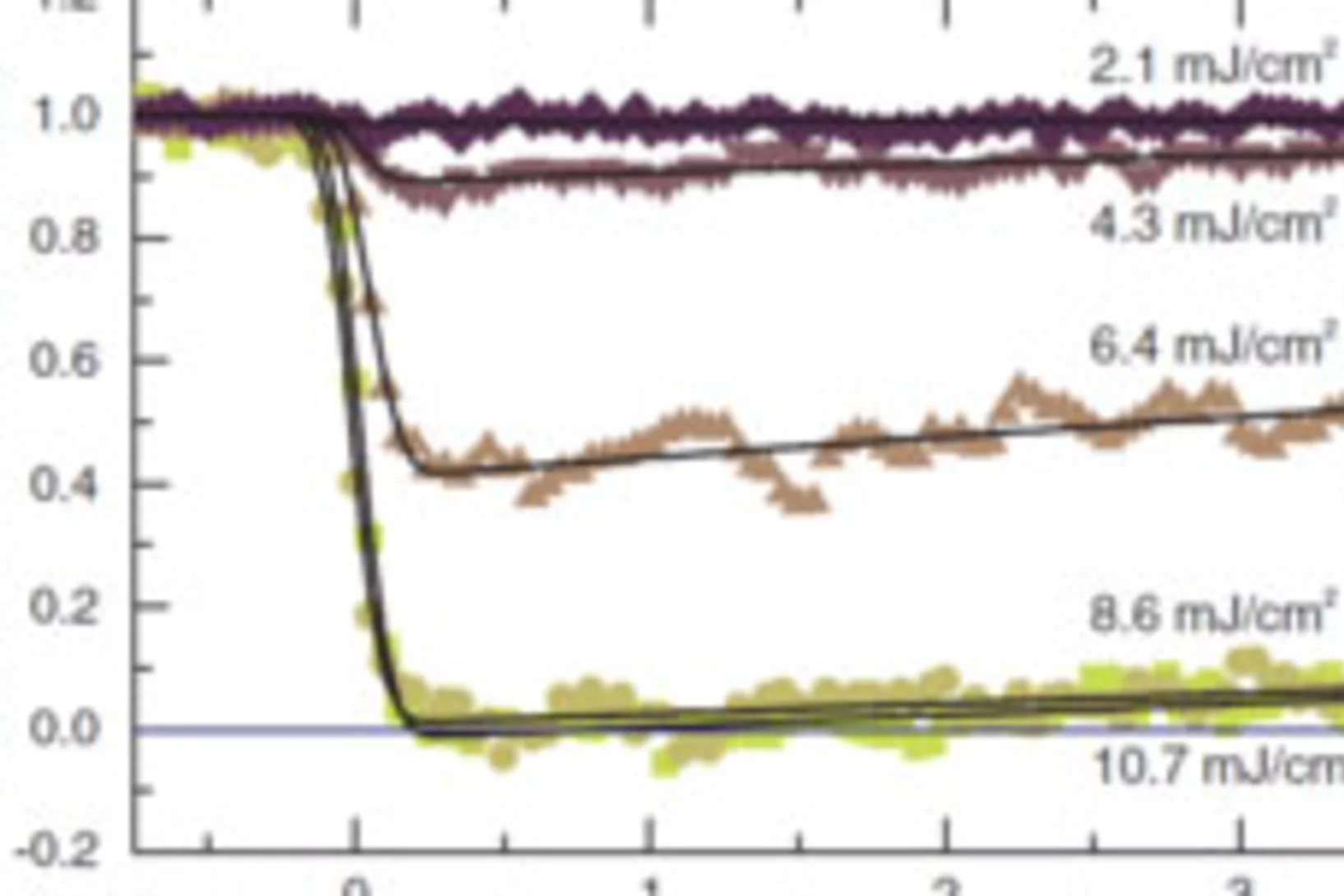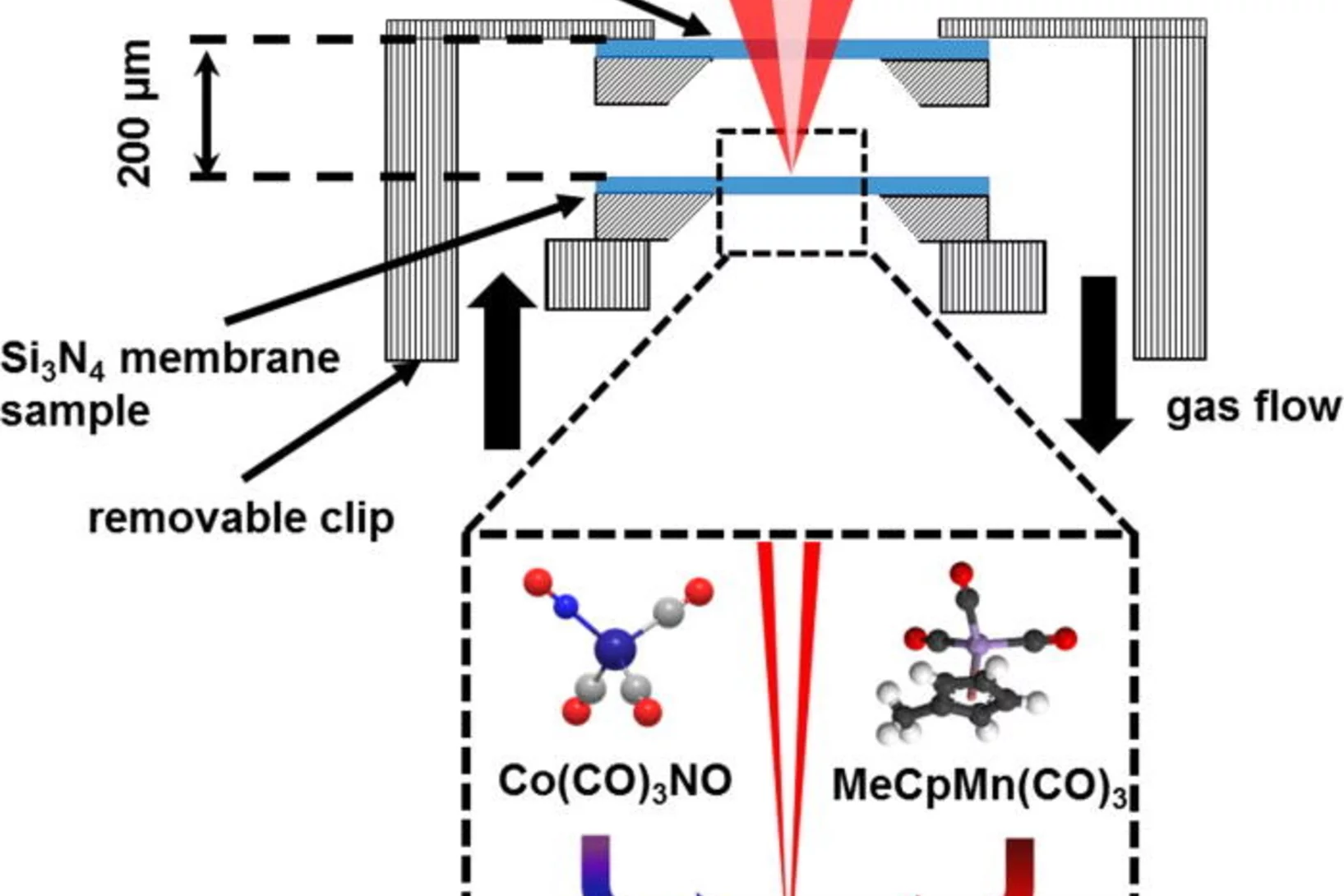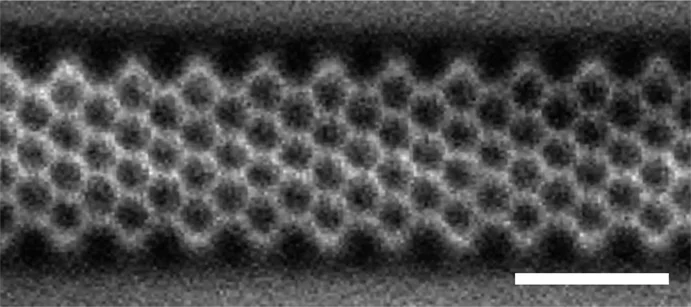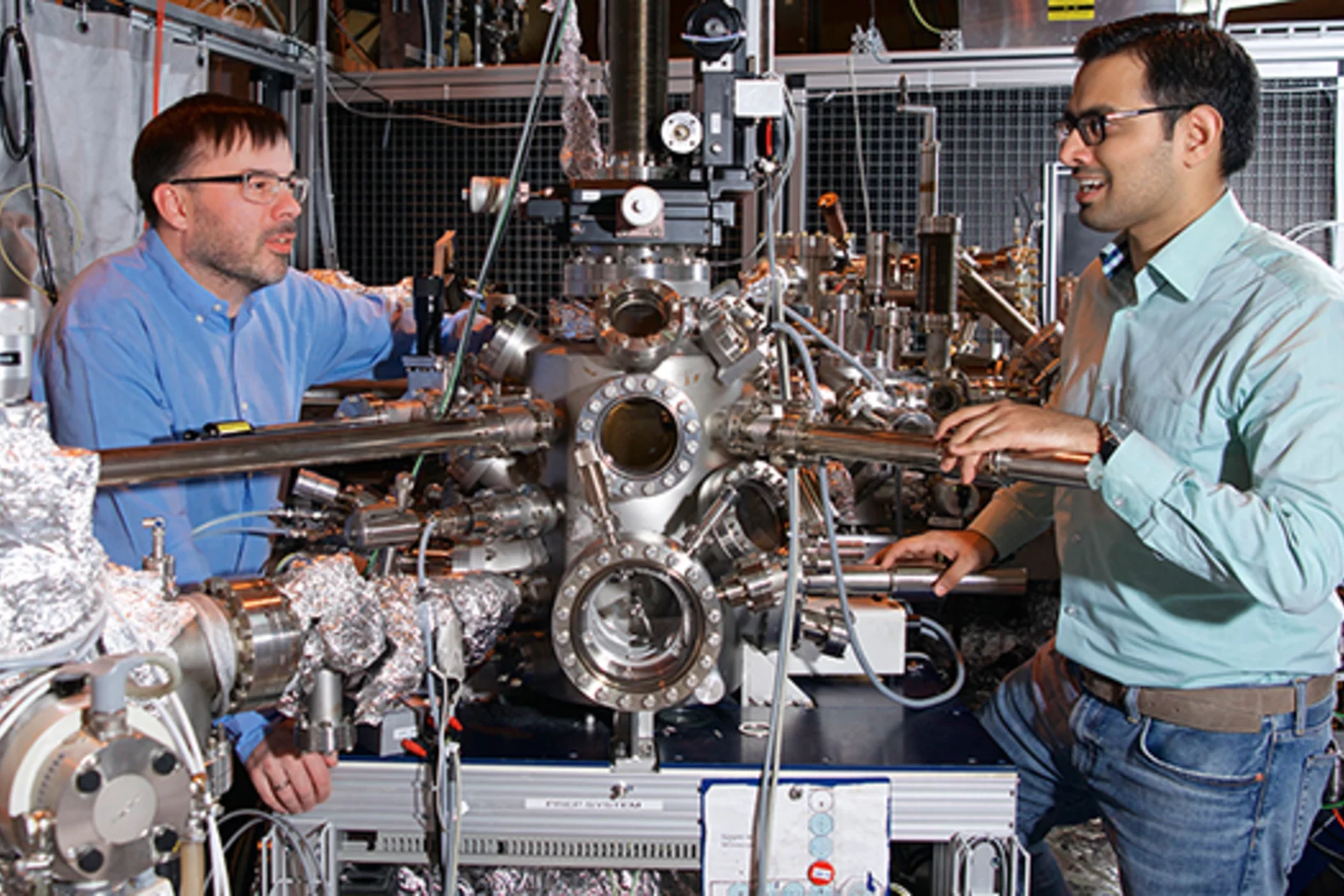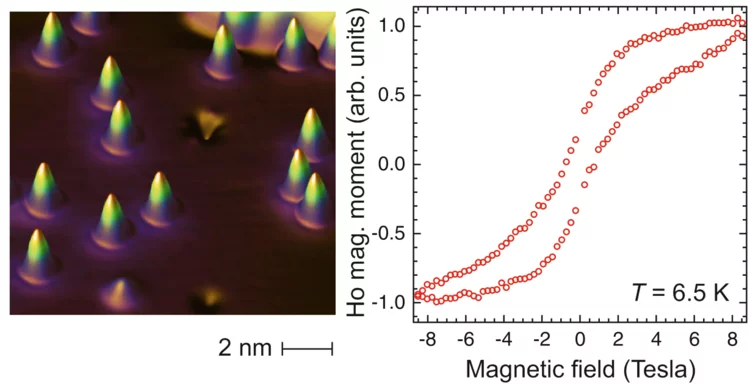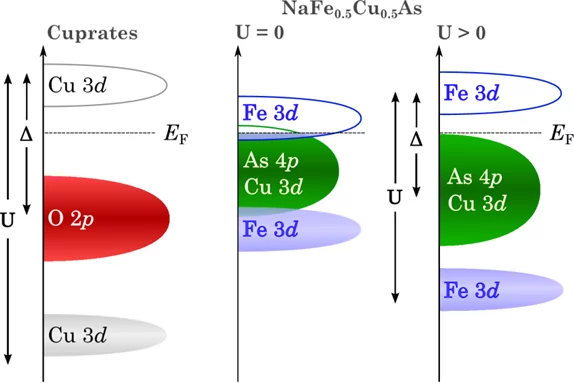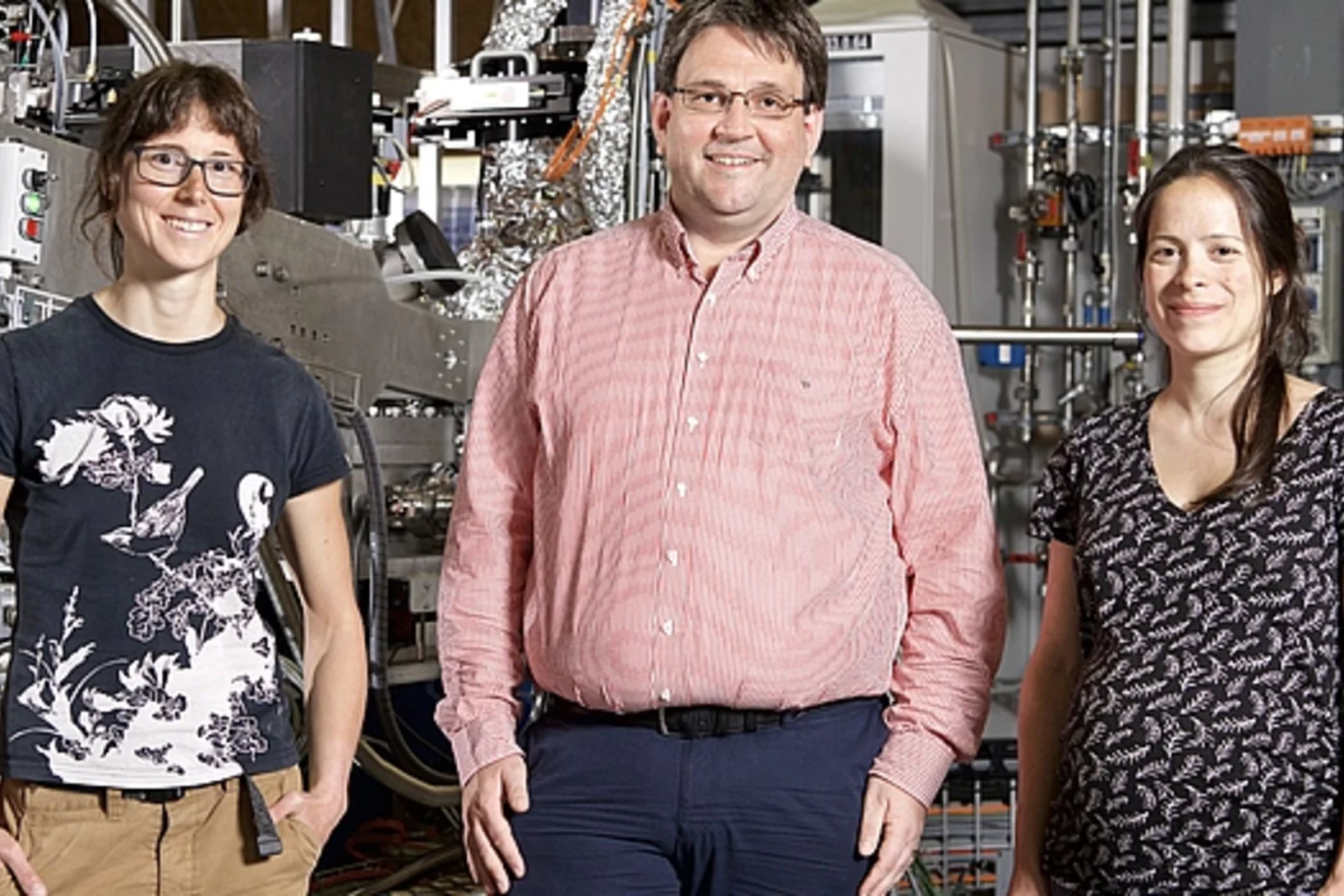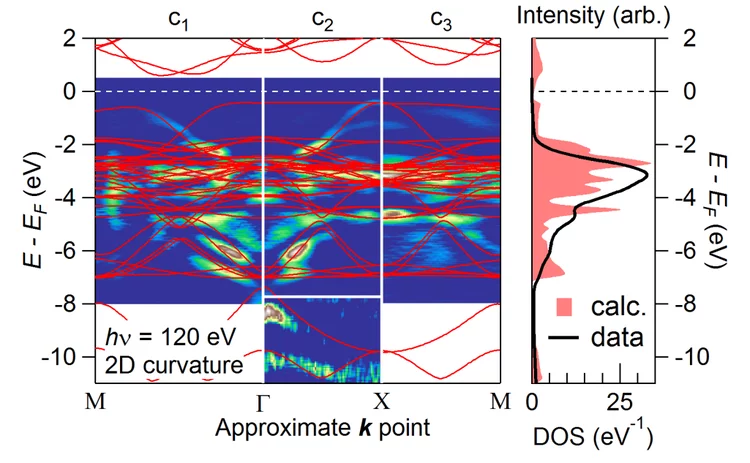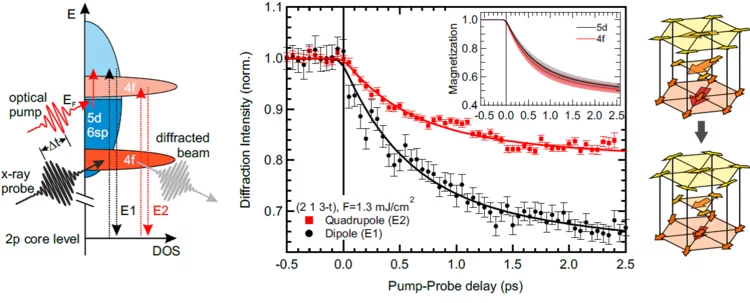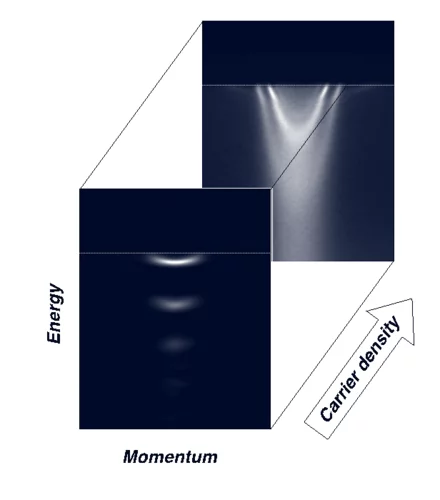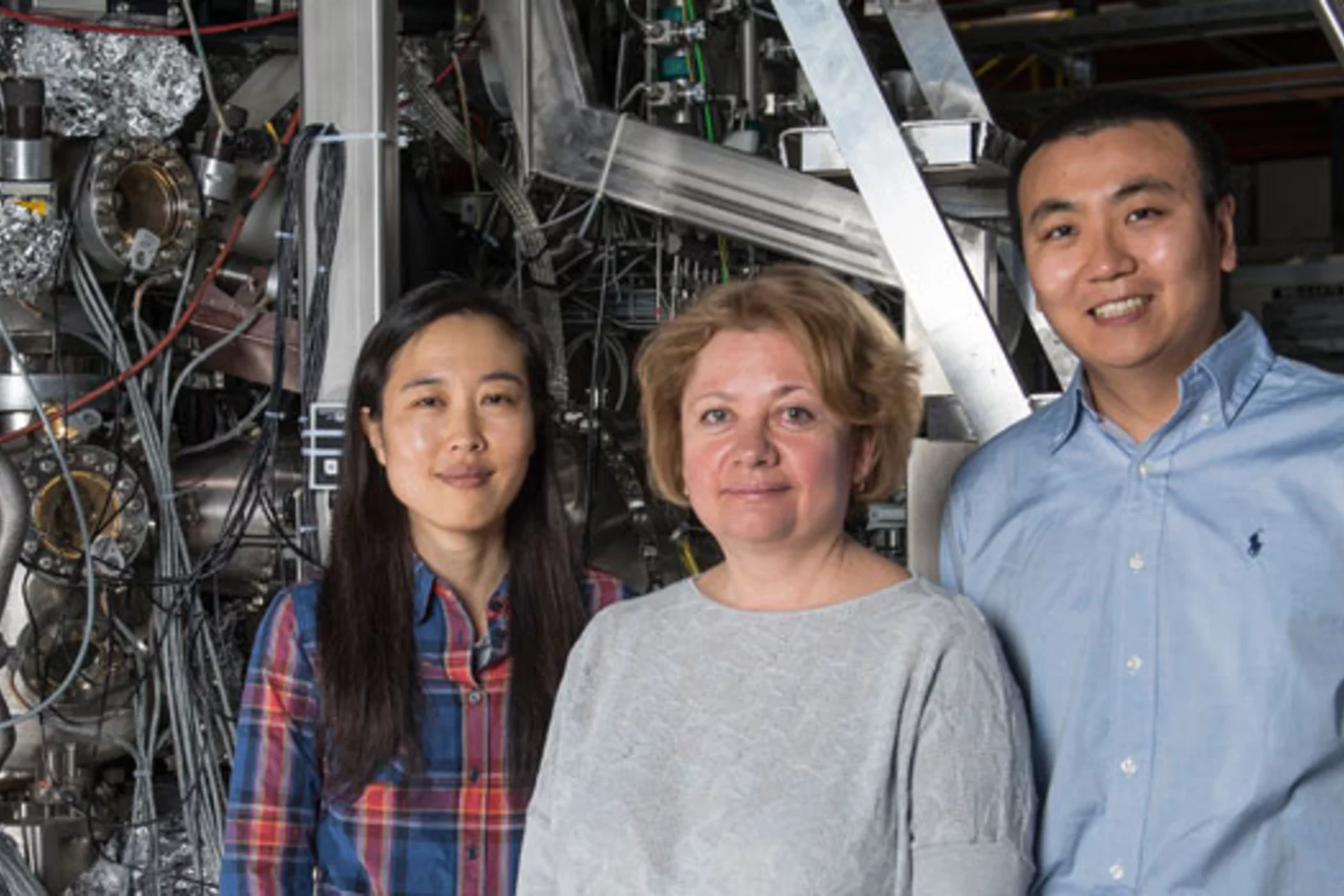A first glance at the SwissFEL x-rays wave-front
X-ray Free Electron Lasers (XFELs) combine the properties of synchrotron radiation (short wavelengths) and laser radiation (high lateral coherence, ultrashort pulse durations). These outstanding machines allow to study ultra-fast phenomena at an atomic level with unprecedented temporal resolution for answering the most intriguing open questions in biology, chemistry and physics.
HERCULES at the Swiss Light Source
In the week of March 18-23 PSI welcomes 20 PhD students and postdocs taking part in the HERCULES 2018 school on Neutron and Synchrotron Radiation. They will attend lectures and perform two days of practical courses at several beam lines of the Swiss Light Source.
Photoinduced transitions in magnetoresistive manganites: A comprehensive view
Using the FEMTO slicing source at SLS, we have studied the structural response during the photoinduced transition in a charge-ordered Pr1-xCaxMnO3 thin films. By investigating the dynamics of both superlattice reflections and regular Bragg peaks, we disentangle the different structural contributions and analyze their relevant time-scales. Comparing these results with studies of the charge order and magnetic dynamics, a comprehensive picture of the phase transition linked to a single critical fluence fc is proposed.
Suppressed martensitic transformation under biaxial loading in low stacking fault energy metastable austenitic steels
In-situ neutron diffraction studies performed on metastable 201 stainless steel combined with EBSD measurements confirm that ε-martensite is a precursor for α′-martensite during uniaxial and equibiaxial deformation at the same loading rate. In both loading states, the grains that contain martensite belong to orientations for which the leading partial dislocations have higher Schmid factor than the trailing partial dislocations. The martensitic transformation is suppressed during equibiaxial loading as a consequence of the different textures formed during deformation.
Martensitic transformation under multiaxial deformation
Researchers at PSI have established a link between the martensitic transformation, microstructural evolution and the mechanical behavior under multiaxial deformation in a NiTi alloy by using a unique combination of in situ high-resolution Digital Image Correlation (DIC), in situ X-ray diffraction and electron microscopy characterization.
Dislocation interactions at reduced strain rates in atomistic simulations of nanocrystalline Al
Molecular dynamics simulations of transient stress drops have been carried out in different regimes on a nanocrystalline Aluminum sample with average grain size of 12 nm. Besides confirming the interpretation of experimental results obtained during in situ X-ray diffraction, the creep simulations performed at 2 or 3 orders of magnitude lower strain rates than usual reveal deformation mechanisms that have not been observed previously.
Time- and spatially-resolved magnetization dynamics driven by spin-orbit torques
Current-induced spin-orbit torques hold a great potential for manipulation of magnetization at ultrafast timescales. Researchers at ETH Zürich have demonstrated, using time-resolved STXM imaging at the Swiss Light Source, the influence of spin-orbit torques on the switching behaviour of Pt/Co/AlOx nanostructured elements.
Highly Crystalline C8-BTBT Thin-Film Transistors by Lateral Homo-Epitaxial Growth on Printed Templates
Highly crystalline thin films of organic semiconductors offer great potential for high-performance, low-cost flexible electronics. Researchers at IMEC Belgium have developed a new double-step thin film fabrication process that offers higher performance devices. Soft X-ray spectro-microscopy at the Swiss Light Source was used to prove that the increased performance comes from larger areas of material sharing the same molecular orientation.
Atmosphere in X-ray light
PSI researchers have developed an experimental chamber in which they can recreate atmospheric processes and probe them with unprecedented precision, using X-ray light from the Swiss Light Source SLS. In the initial experiments, they have studied the production of bromine, which plays an essential role in the decomposition of ozone in the lower layers of the atmosphere. In the future, the new experiment chamber will also be available for use by researchers from other scientific fields.
Composite laminated cruciform design for multiaxial testing of metals
Multiaxial mechanical testing of sheet metals is far from trivial, which is mainly related to issues with sample design and fabrication. PSI scientists have developed a new methodology to produce cruciform shaped samples from thin sheet metals based on a novel bottom-up approach. A proof-of-principle experiment based on polymer lamination of an aluminum thin sheet demonstrates the effectiveness of this new approach.
Dr. Nan Xu awarded SPS 2017 Prize in Condensed Matter Physics
The SPS 2017 Prize in Condensed Matter Physics, sponsored by IBM, has been awarded to Dr. Nan Xu for his excellent work on topological quantum states. Dr. Nan Xu is a joint postdoc of Paul Scherrer Institute (PSI) and the École Polytechnique Fédérale de Lausanne (EPFL).
A new RIXS analyzer scheme based on transmission zone plates
PSI scientists have developed a new type of X-ray optics that allows for analyzing the emission in resonant inelastic x-ray scattering (RIXS) experiments. The new approach combines the energy dispersion with imaging capabilities. In a collaborative effort with research groups from Göttingen and Hamburg, two new classes of RIXS experiments, energy mapping and RIXS imaging, have been demonstrated.
Single-shot Monitoring of Ultrafast Processes via X-ray Streaking at a Free Electron Laser
The advent of x-ray free electron lasers has extended the unique capabilities of resonant x-ray spectroscopy techniques to ultrafast time scales. Here, in collaboration between researchers from PSI, Sorbonne Universités, HASYLAB/DESY, Synchrotron SOLEIL, CNRS, and Uppsala University, we report on a novel experimental method that allows retrieving with a single x-ray pulse the time evolution of an ultrafast process, not only at a few discrete time delays, but continuously over an extended time window.
Stresses and Strains in cruciform samples deformed in tension
Cruciform experiments are very useful to study non-proportional strain path change behavior of engineering metals and alloys. This work studies the stress response of 6 prominently used cruciform geometries deformed under tension. Results show that for most of the cruciform samples, the gauge stresses are non-linearly coupled to the applied forces in both arms. Cruciform geometries based on the ISO standard are able to decouple these stresses but negligible gauge plastic strains are reached prior to failure.
Moving atoms with enhanced
THz pulses and tracking them with ultrashort x-ray pulses on an XFEL
Controlled motions of atoms using ultrashort electric field pulses allow to manipulated the properties of a material on ultrafast timescales. Here we show how metallic structures can be used to enhance a THz electric field pulse and track the induced atomic motions with ultrashort x-ray pulses emitted by a X-ray free electron laser.
Nonlinear electron-phonon coupling in doped manganites
We employ time-resolved resonant x-ray diffraction to study the insulator-to-metal transition that is launched via resonant excitation of an infrared-active optical phonon mode in a half doped manganite. We find that the charge order reduces promptly with a highly nonlinear (quartic) dependence on excitation fluence.
Additive Nanofabrication with Focused X-rays
Metal nanostructures can be fabricated by irradiation of suitable metal organic precursor molecules with a focused X-ray beam. This novel techniques offer the advantage of energy-selective deposition by switching of the incident photon energy due to the non-linear photon absorption cross-section of the precursor molecules for resonant excitation.
Realization of a combined band-Mott insulator
For decades, the mechanism of Mott phase in Ca2RuO4 has puzzled researchers. This material is a paradigmatic case of multi-band Mott physics including spin-orbit and Hund's coupling. Progress has been impeded by the lack of knowledge about the low-energy electronic structure. With our recent contribution, we provided-- using angle-resolved photoemission electron spectroscopy -- the band structure of the paramagnetic insulating phase of Ca2RuO4.
Better graphene nanoribbons for electronics applications
Turning the semimetal graphene into a technologically useful semiconductor is challenging. One way of opening a band gap is to cut graphene into nanometre-wide ribbons, but even atomic-level roughness at the ribbon edges can seriously degrade the mobility of charge carriers. Recent advances in on-surface chemistry have made it possible to obtain graphene nanoribbons with atomically precise edges through direct synthesis from molecular building blocks. Here, we report the synthesis, full structural and electronic characterization of 9-atom wide graphene nanoribbons with significantly improved electronic properties.
A Miniaturized Biaxial Deformation Rig for in situ Mechanical Testing
Researchers at PSI have developed a new unique miniaturized biaxial deformation rig, which allows to apply in-plane biaxial stress states with arbitrary stress ratios and to perform strain path changes on thin-sheet metals. The device is optimized for in situ usage inside a scanning electron microscope and at synchrotron beam lines.
Nanotechnology enables new insights into chemical reactions
Eighty percent of all products of the chemical industry are manufactured with catalytic processes. Catalysis is also indispensable in energy conversion and treatment of exhaust gases. Industry is always testing new substances and arrangements that could lead to new and better catalytic processes. Researchers of the Paul Scherrer Institute PSI in Villigen and ETH Zurich have now developed a method for improving the precision of such experiments, which may speed up the search for optimal solutions.
The Smallest Magnet
Single holmium atoms adsorbed on few monolayers of magnesium oxide are extraordinarily stable magnets. They retain a significant fraction of their magnetization when the external magnetic field is switched off. This has been shown recently in a study combining x-ray magnetic circular dichroism performed at the Swiss Light Source (SLS) and at the European Synchrotron Radiation Facility (ESRF) as well as scanning tunneling microscopy. The results open perspectives of storing and processing information at ultrahigh density.
Novel insulating phase in iron-pnictide materials
The first example of an insulating phase which is close to the superconducting phase in an iron-pnictide system has been recently observed in heavy Cu-doped NaFe1-xCuxAs (x > 0.3). A combined study by angle-resolved photoemission spectroscopy (ARPES) and density functional theory (DFT) calculations revealed that on-site Coulomb repulsion and enhanced Hund’s rule coupling are responsible for the insulating behavior. The results show that the insulating phase in NaFe0.5Cu0.5As resembles the situation in the parent compounds of the high-Tc cuprate superconductors.
Selectively conductive or insulating
The material neodymium nickel oxide is either a metal or an insulator, depending on its temperature. The possibility to control this transition electrically makes the material a potential candidate for transistors in modern electronic devices. By means of a sophisticated development of X-ray scattering, researchers at the Paul Scherrer Institute PSI have now been able to track down the cause of this transition: electrons around the oxygen atoms are rearranging.
A Mini-Antenna for the Data Processing of Tomorrow
The use of spin-wave signals in future information processing devices can substantially reduce power consumption over present charge current based technologies. As part of an international research venture, scientists at PSI now introduced a concept to generate spin waves with nanoscale wavelengths exploiting the driven dynamics of magnetic vortex cores in magnetic heterostructures.
Magnesium Oxide Boosts the Hysteresis of Single-Molecule Magnets
Researchers from PSI and EPFL have demonstrated that the magnetization hysteresis and remanence of TbPc2 single-molecule magnets drastically depends on the substrate on which they are deposited. If a few atomic layers thick magnesium oxide film grown on a silver substrate is used, a record wide hysteresis and record large remanence can be obtained. Single-molecule magnets are attractive for molecular spintronics applications such as information processing or storage.
Shedding light on the origins of high-Tc superconductivity in bismuth oxides
Researchers have overcome a number of challenges in order to employ an advanced probe in the study of an unusual material, barium bismuth oxide (BaBiO3) – an insulating parent compound of a family of high-temperature superconductors known since the late 80s. In order to finally realize the experiments, the researchers grew and studied thin films of the material completely in situ under ultrahigh vacuum conditions. The results show that superconductivity in bismuth oxides emerges out of a novel insulating phase, where hole pairs located on combinations of the oxygen orbitals are coupled with distortions of the crystal lattice.
Itinerant and Localized Magnetization Dynamics in Antiferromagnetic Holmium
Resonant magnetic scattering performed at the x-ray free electron laser facility LCLS (USA) has been used to investigate the magnetization dynamics of elemental Holmium. It is found that the demagnetization of conduction electrons and localized 4f magnetic moments have the same temporal evolution showing a strong coupling between the different magnetic moments.
Tailoring Novel Superconductivity
The Angle Resolved Photoemission Spectroscopy (ARPES) measurements performed on 2DEL at STO surface revealed that, at low carrier density, electrons are always accompanied by a quantized dynamic lattice deformation. Together with the electron, these phonon-cloud formed a new composite quasiparticle called Fröhlich polaron.
New particle could form the basis of energy-saving electronics
The Weyl fermion, just discovered in the past year, moves through materials practically without resistance. Now researchers are showing how it could be put to use in electronic components.
